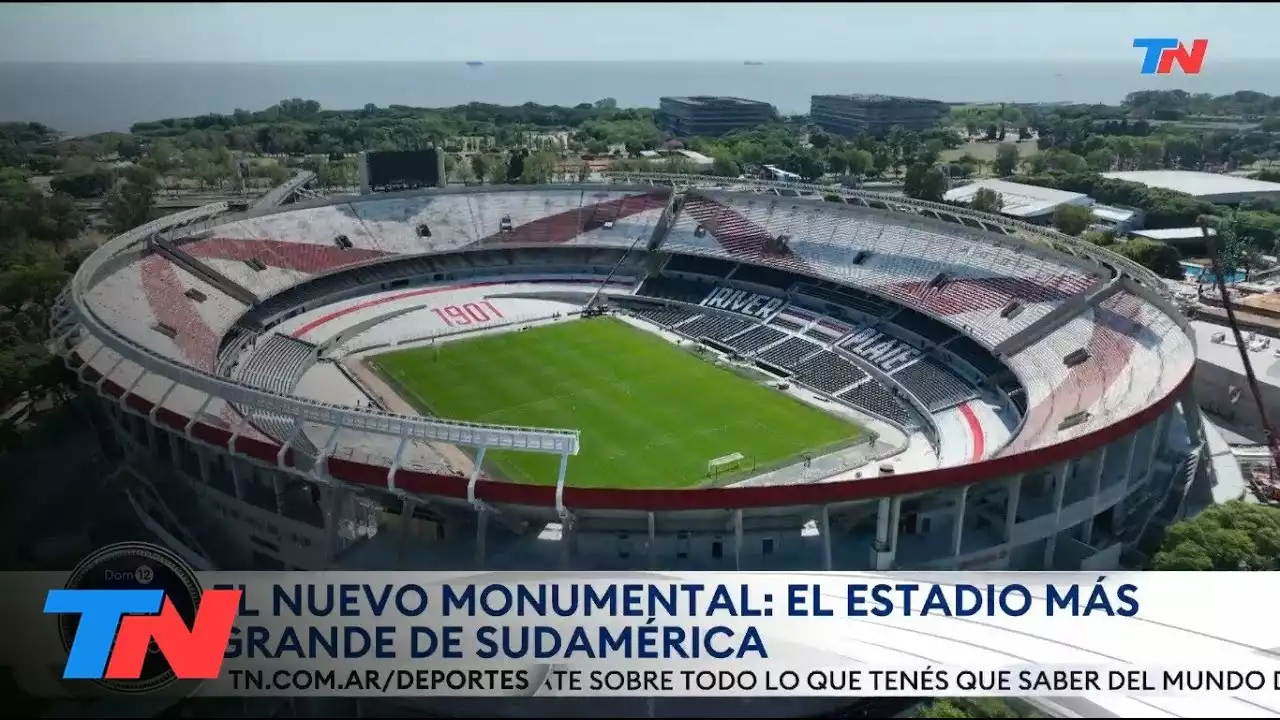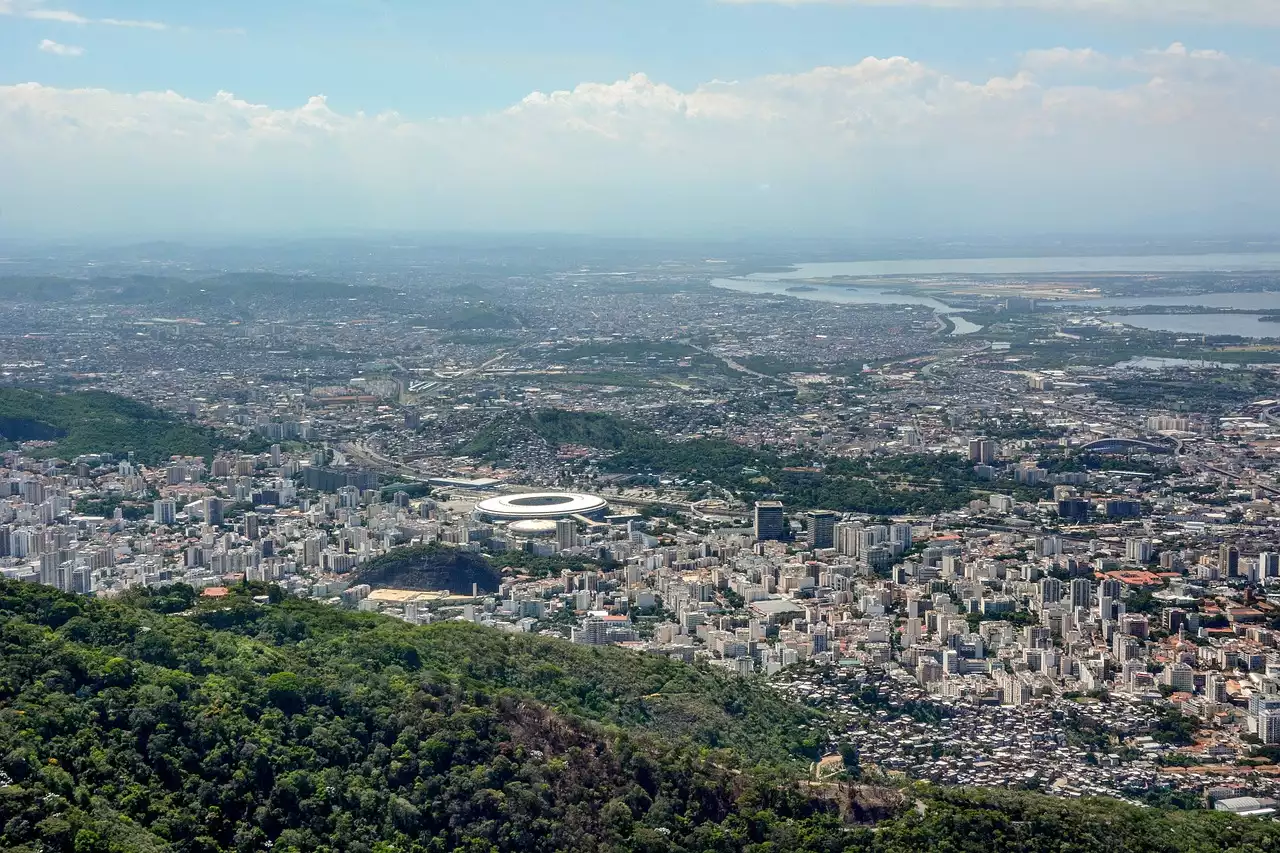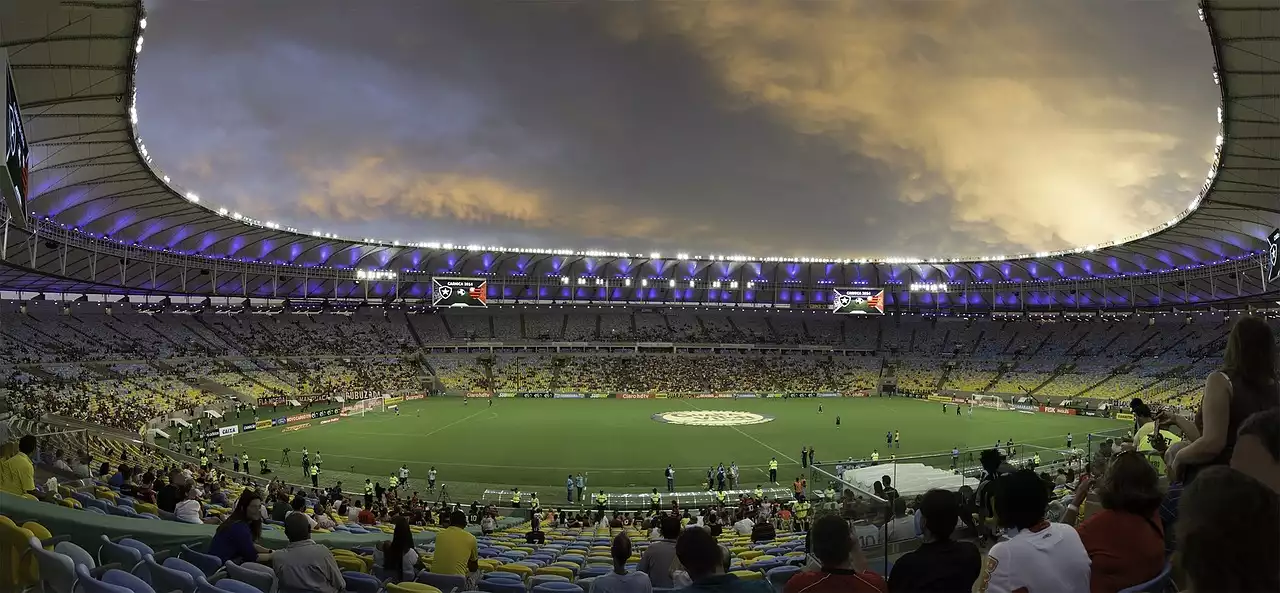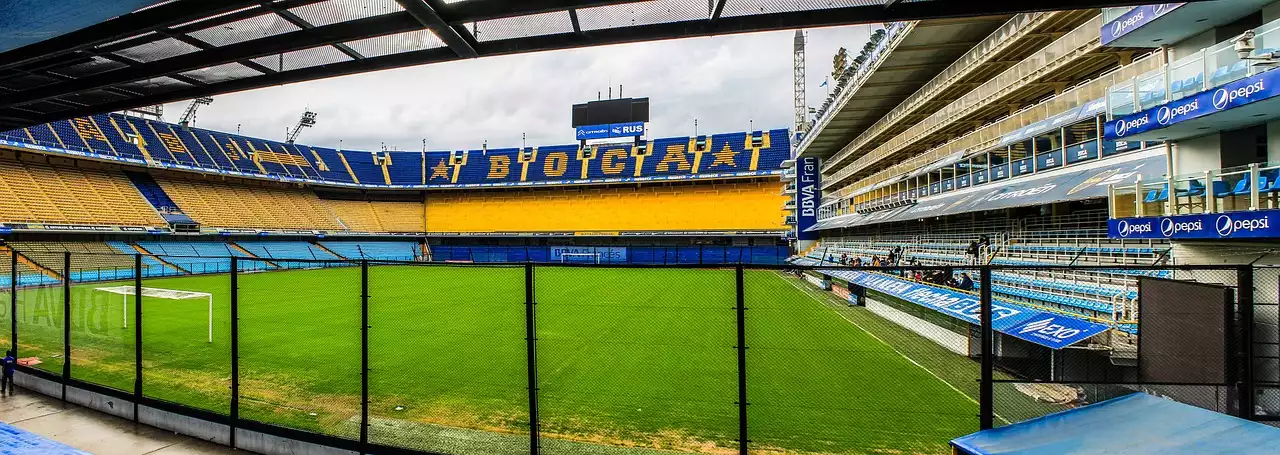Importance of stadium attendance in Copa Libertadores
The Copa Libertadores is not just a football tournament; it is a cultural phenomenon. The stadiums that host these matches play a crucial role in shaping the overall experience for players and fans alike. The attendance figures for Copa Libertadores matches are a testament to the passion and dedication of South American football fans. These stadiums become cauldrons of noise and emotion, creating an atmosphere that is unlike anything else in the world of football. The sheer magnitude of the crowds that gather for these matches is a sight to behold, and it adds an extra layer of intensity to the already high-stakes encounters.
The importance of stadium attendance in the Copa Libertadores cannot be overstated. The presence of a raucous crowd can serve as the twelfth man for the home team, providing them with an extra boost of motivation and energy. The deafening noise and the constant chanting can unsettle the opposition and make it difficult for them to concentrate on their game plan. Additionally, the passion and enthusiasm of the fans can inspire the players to dig deep and give their all on the field. The electric atmosphere created by the fans can elevate an average performance to greatness and turn a seemingly impossible situation into a triumphant victory.
Top 5 stadiums with the highest attendances in Copa Libertadores history
Estadio Monumental "U" (Lima, Peru)
The Estadio Monumental "U" in Lima, Peru, is one of the most iconic stadiums in South America. Home to Club Universitario de Deportes, this colossal arena has witnessed some of the highest attendances in Copa Libertadores history. With a seating capacity of over 80,000, the stadium has played host to numerous memorable matches, including the 1971 Copa Libertadores final between Nacional and Estudiantes de La Plata, which drew a record-breaking crowd. The sheer size of the stadium and the passionate support of the Peruvian fans create an electrifying atmosphere that is unmatched.
The Estadio Monumental "U" has become synonymous with Copa Libertadores glory. It has witnessed historic moments and incredible displays of skill and determination. The deafening noise that reverberates through the stands can be heard from miles away, and it serves as a constant reminder to the players of the weight of expectation on their shoulders. The stadium's unique architecture, with its towering stands and sweeping curves, adds to the grandeur of the occasion, making it a truly unforgettable experience for all those lucky enough to witness a Copa Libertadores match here.
Maracana Stadium (Rio de Janeiro, Brazil)
No discussion about stadiums with the highest attendances in Copa Libertadores history would be complete without mentioning the Maracanã Stadium in Rio de Janeiro, Brazil. This iconic venue, often referred to as the "temple of football," has a seating capacity of over 78,000 and has hosted some of the most memorable matches in the history of the tournament. From the legendary 1981 final between Flamengo and Cobreloa to the historic clash between Vasco da Gama and Barcelona in 1998, the Maracanã has seen it all.
The Maracanã Stadium is more than just a football ground; it is a symbol of Brazil's love affair with the beautiful game. The lively atmosphere created by the passionate fans is infectious, and it sets the stage for epic battles between some of the continent's biggest clubs. The stadium's rich history and storied past only add to the sense of occasion, making each Copa Libertadores match held here a truly magical experience. Stepping into the Maracanã is like stepping into a time machine, taking you back to a bygone era when football was more than just a game—it was a way of life.
Centenario Stadium (Montevideo, Uruguay)
Uruguay may be a small country, but its love for football knows no bounds. The Centenario Stadium in Montevideo is a testament to this passion. Home to the Uruguayan national team, this historic stadium has a seating capacity of over 60,000 and has played host to numerous Copa Libertadores matches over the years. The stadium is best known for hosting the inaugural FIFA World Cup final in 1930 and has since become a symbol of Uruguayan footballing prowess.
The Centenario Stadium's unique design and rich history make it a must-visit for any football fan. The stands, which are steep and imposing, create an intimate atmosphere that brings the fans closer to the action. The noise generated by the passionate Uruguayan supporters is deafening, and it adds an extra layer of intensity to the matches. The Centenario has witnessed some of the most iconic moments in Copa Libertadores history, and it continues to be a revered venue for football enthusiasts from around the world.
¿Demoler o Remodelar el Estadio Centenario de Montevideo Uruguay para el mundial del 2030?
Azteca Stadium (Mexico City, Mexico)
While the Copa Libertadores is predominantly a South American competition, Mexico has also made its mark on the tournament. The Azteca Stadium in Mexico City is a testament to the country's footballing passion and has hosted several Copa Libertadores matches throughout its history. With a seating capacity of over 87,000, this colossal stadium is one of the largest in the world and has witnessed some of the highest attendances in Copa Libertadores history.
The Azteca Stadium is not just a venue; it is a symbol of Mexican footballing pride. The passionate support of the fans creates an atmosphere that is second to none, and it serves as a constant reminder to the players of the weight of expectation on their shoulders. The stadium's unique architecture, with its towering stands and open-air design, adds to the grandeur of the occasion, making it a truly unforgettable experience for all those lucky enough to witness a Copa Libertadores match here.
Estadio Azteca | Mexico 1970 & 1986 | FIFA World Cup
National Stadium (Santiago, Chile)
Rounding off our list of stadiums with the highest attendances in Copa Libertadores history is the National Stadium in Santiago, Chile. Boasting a seating capacity of over 48,000, this iconic venue has played host to numerous memorable matches throughout its history. From the historic clash between Colo-Colo and Olimpia in 1991 to the unforgettable final between Universidad de Chile and Olimpia in 2011, the National Stadium has seen its fair share of drama and excitement.
The National Stadium's unique design and passionate atmosphere make it a favorite among football fans. The stands, which are steep and imposing, create an intimate atmosphere that brings the fans closer to the action. The noise generated by the passionate Chilean supporters is deafening, and it adds an extra layer of intensity to the matches. The National Stadium has witnessed some of the most iconic moments in Copa Libertadores history, and it continues to be a revered venue for football enthusiasts from around the world.
Factors contributing to high stadium attendances
The high stadium attendances in Copa Libertadores matches can be attributed to several factors. Firstly, the sheer popularity of the tournament itself plays a significant role. The Copa Libertadores is steeped in history and tradition, and it represents the pinnacle of South American club football. Fans from all corners of the continent are drawn to the tournament, eager to witness the drama and excitement unfold firsthand.
Secondly, the fierce rivalries that exist between South American clubs contribute to the high attendance figures. Matches between traditional rivals often attract a larger crowd, as fans are keen to support their team and witness the battle for supremacy. The intense atmosphere created by these rivalries adds an extra layer of excitement to the matches, making them must-see events for football enthusiasts.
Lastly, the passionate football culture that exists in South America cannot be overlooked. Football is more than just a game in this part of the world; it is a way of life. The fans live and breathe football, and they are willing to go to great lengths to support their team. The dedication and loyalty of South American football fans are unparalleled, and this is reflected in the high attendance figures for Copa Libertadores matches.










